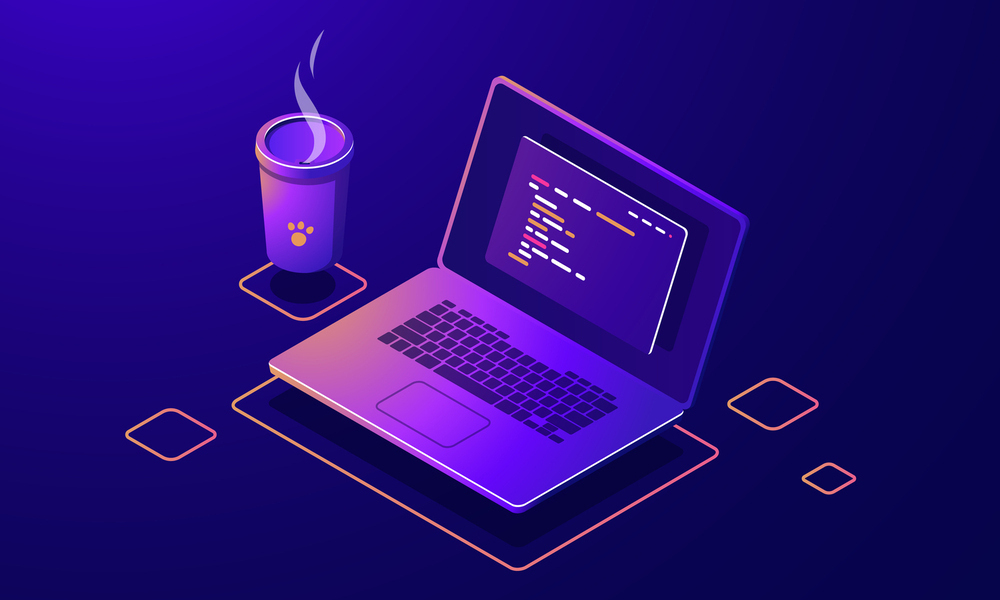
When you’re developing apps in Swift, concurrency is crucial. It can become complex, but Swift 5.5 has introduced a feature called “actors” to simplify the process. In this blog, we’ll explore what actors are, why you should use them, when to use them, and their benefits. Plus, we’ll provide code examples with comments to make it crystal clear, including an explanation of what a Task is.
What Are Actors?
Actors in Swift are like guardians of data. They ensure that data remains safe from simultaneous access by multiple threads. This safeguard prevents data corruption and makes your code more reliable.
Why Use Actors?
Imagine you have a bank account and two different tasks trying to deposit and withdraw money at the same time. Without protection, this could lead to a mess. Actors are your solution. They make sure only one task can access their data at any given moment. In this way, they protect the data’s integrity.
When to Use Actors?
You should use actors when:
- Data Needs Protection: If you have data that should not be accessed by multiple tasks at the same time, consider using actors. This could be anything from financial data to user settings.
- Simplicity Matters: Actors simplify concurrent code. You won’t need to deal with complex locks and synchronization. The code is easier to read and maintain.
- Predictable State: Actors guarantee that data inside them is always in a consistent state. You can rely on this predictability in your code.
What is a Task?
In the code examples, you’ll notice the use of Task. A Task in Swift is a way to work with asynchronous code. It tells the system that the code inside it can be paused and resumed, allowing other tasks to run in the meantime. This is essential for handling concurrency effectively.
Creating an Actor
Let’s create an actor for a bank account:
actor BankAccount {
var balance = 0
// Deposit money into the account.
func deposit(amount: Int) {
balance += amount
}
// Withdraw money from the account.
func withdraw(amount: Int) {
balance -= amount
}
}
In this code, the actor BankAccount holds the balance property and two methods to deposit and withdraw money.
Using an Actor
Now, let’s use the BankAccount actor in your code. Actors guarantee that only one task can access their data at a time, ensuring thread safety.
let myAccount = BankAccount()
Task {
await myAccount.deposit(amount: 100) // Deposit $100
}
Task {
await myAccount.withdraw(amount: 50) // Withdraw $50
}
In this example, the Task keyword signifies asynchronous code. It allows the code inside it to be paused and resumed, enabling other tasks to run in the meantime.
Benefits of Actors
Here are the key benefits of using actors:
- Thread Safety: Actors protect data from being accessed by multiple tasks simultaneously, ensuring thread safety.
- Simplicity: Your code becomes easier to read and maintain. You don’t need to handle complex locks and synchronization.
- Predictable State: Data inside an actor is always in a consistent state, offering reliability.
- Concurrent, Not Parallel: Actors make your code concurrent, handling multiple tasks, but not necessarily in parallel, which helps prevent race conditions.
Conclusion
Swift actors are a game-changer in the world of concurrent programming. They simplify the process, ensuring data integrity and predictability. By using actors, you can create responsive and dependable apps, especially when dealing with sensitive data.
Add a Comment